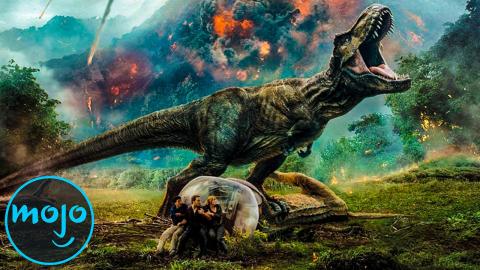What If Jurassic World Was Real?

“Jurassic World” made us wish dinosaurs were still roaming the earth while also making us grateful that they went extinct over 66 million years ago. On one hand, few sights would be more awe-inspiring than witnessing a live Brachiosaurus wander by. On the other hand, it's hard to imagine anything more terrifying than coming face to face with a Velociraptor or Tyrannosaurus rex. If these movies have taught us anything, it's that cloning dinosaurs and showcasing them in a wildlife park sounds like a promising business venture on paper. In the end, though, playing God would probably come back to bite us… quite literally. So, now's as good a time as any to seriously ask ourselves, “what if Jurassic World was real?”
